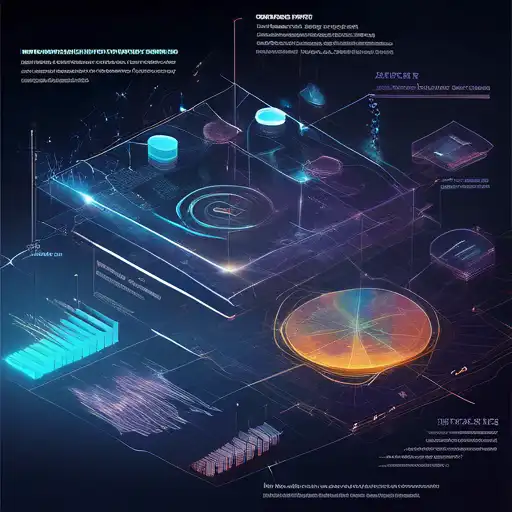Introduction to Data Visualization
In today's data-driven world, the ability to effectively visualize data is crucial for uncovering hidden insights and making informed decisions. Data visualization techniques transform complex datasets into visual representations, making it easier to identify patterns, trends, and outliers. This article explores various data visualization techniques that can help you gain better insights from your data.
Why Data Visualization Matters
Data visualization is not just about making data look attractive; it's about enhancing comprehension and facilitating quicker decision-making. By presenting data visually, you can communicate complex information more efficiently, enabling stakeholders to grasp difficult concepts or identify new patterns.
Key Data Visualization Techniques
1. Bar Charts and Column Charts
Bar and column charts are among the most common data visualization techniques. They are ideal for comparing quantities across different categories. Use them to highlight differences between groups or to show trends over time.
2. Line Graphs
Line graphs are perfect for displaying data trends over intervals or time. They help in identifying trends, increases, decreases, and fluctuations in data over a specific period.
3. Pie Charts
Pie charts are useful for showing proportions and percentages. They represent parts of a whole, making it easy to see how individual segments contribute to the total.
4. Scatter Plots
Scatter plots are excellent for identifying relationships between two variables. They can reveal correlations, trends, and outliers in large datasets.
5. Heat Maps
Heat maps use color coding to represent data values. They are particularly useful for visualizing complex data like website traffic or user behavior patterns.
Advanced Data Visualization Techniques
For more complex datasets, advanced techniques such as interactive dashboards, geospatial mapping, and network diagrams can provide deeper insights. These methods allow users to explore data in more dynamic and interactive ways.
Best Practices for Effective Data Visualization
- Choose the right type of chart or graph for your data.
- Keep it simple and avoid clutter.
- Use colors and labels effectively to enhance readability.
- Ensure your visualizations are accessible to all users, including those with color vision deficiencies.
Conclusion
Data visualization is a powerful tool for transforming raw data into meaningful insights. By mastering various visualization techniques, you can unlock the full potential of your data, leading to better decision-making and strategic planning. Remember, the key to effective data visualization lies in selecting the right techniques and applying best practices to convey your message clearly and compellingly.
For more insights on data analysis and business intelligence, explore our Business Intelligence section.
